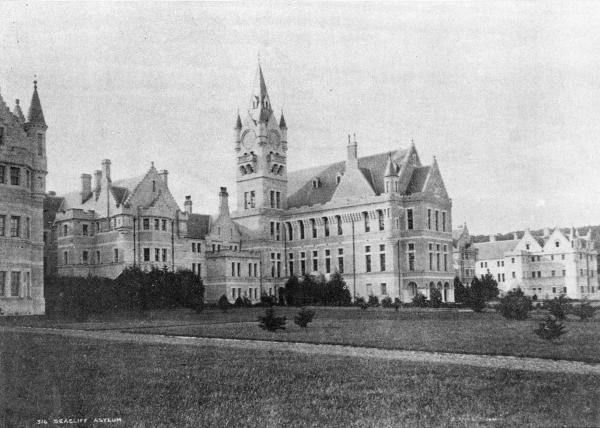
A press release by Te Whatu Ora Health New Zealand Southern said the Seacliff history hall, located on the ground floor corridor to the left of the main entrance of the main Wakari Hospital building, would be opened tomorrow.
The hall was the result of eight years of planning by an enthusiastic group of Te Whatu Ora and former Seacliff staff.
Photographs, narratives and memorabilia would be on permanent display, giving a snapshot of the significant role Seacliff played in the early development of mental health care, the statement said.
Te Whatu Ora Southern mental health, addictions and intellectual disability services director of nursing Heather Casey said the idea for the hall came about at a 2012 staff reunion, which was held to coincide with the 40th anniversary of the closure of Seacliff and 130 years since Seacliff opened.
"It was a very special occasion," Ms Casey said.
Many of the older generation of Seacliff staff attended, along with younger staff who were still working in the health service and had worked at Seacliff for short periods until it closed.
A group of enthusiastic staff and ex-staff decided that it was important to acknowledge the role of Seacliff in the development of mental health services in the Southern district.
A core group of about eight people worked on the project for the past eight years, supported by staff at The Photo Gallery in Filleul St.
"They’ve done a great job, especially because many were still working full-time," Ms Casey said.
It was important to acknowledge that the care and treatment provided at Seacliff was the best available at the time, based on best evidence, she said.
"The history hall has been a labour of love.
"I’m very proud of everyone involved and those who have supported us to make it happen."
The official opening would take place at 11am on tomorrow and the ribbon would be cut by Jim Lawson, the great grandson of Robert
Arthur Lawson who was the architect for the Seacliff building.
The imposing gothic building he created was the site of one of new Zealand’s worst ever fires, during which 37 women burned to death in a locked wooden ward attached to the main building on December 8, 1942.
The fire was so intense it could be seen from Palmerston.
Evidence given at the subsequent inquiry alleged that the ward was unsafe and not fit for purpose.











